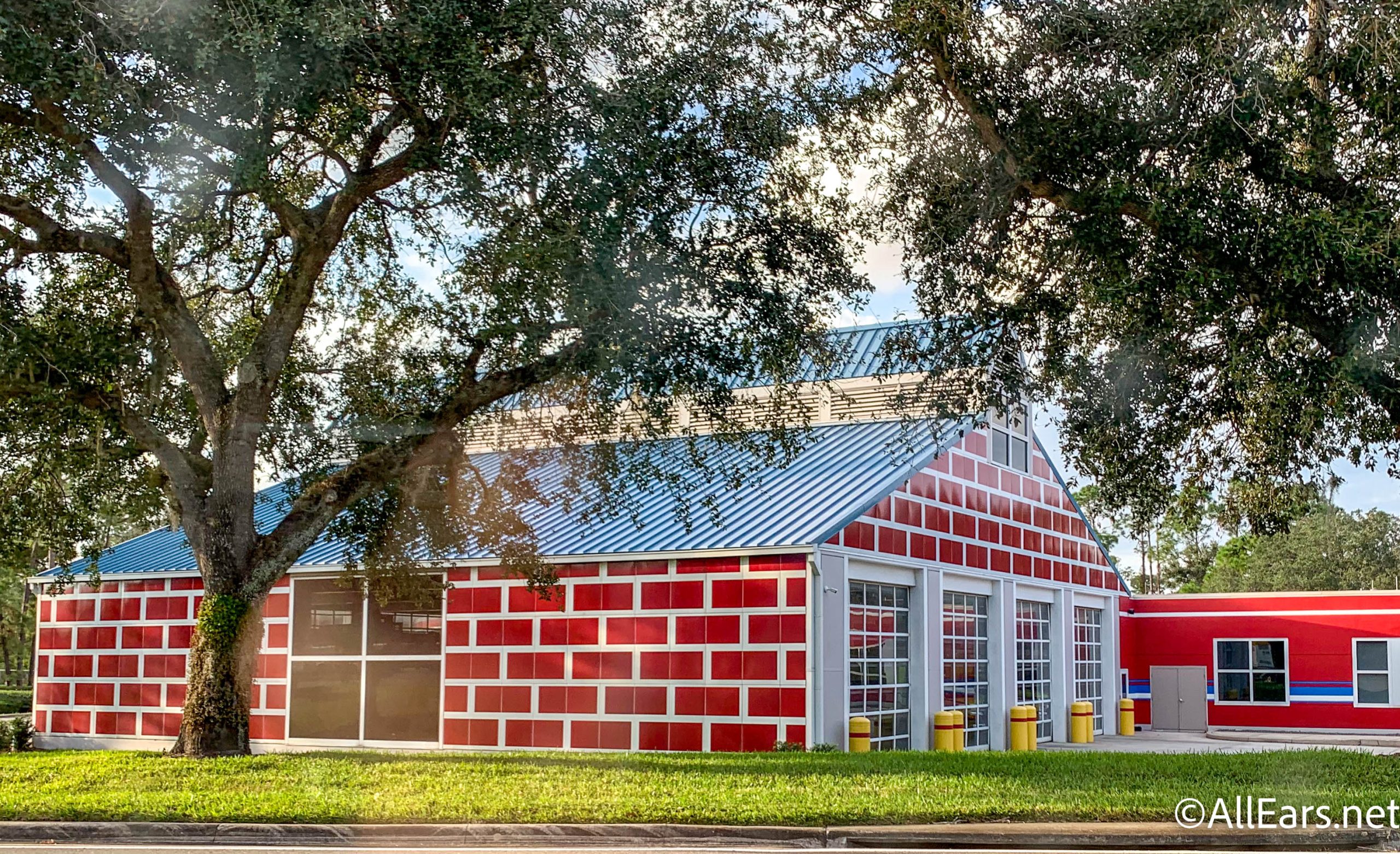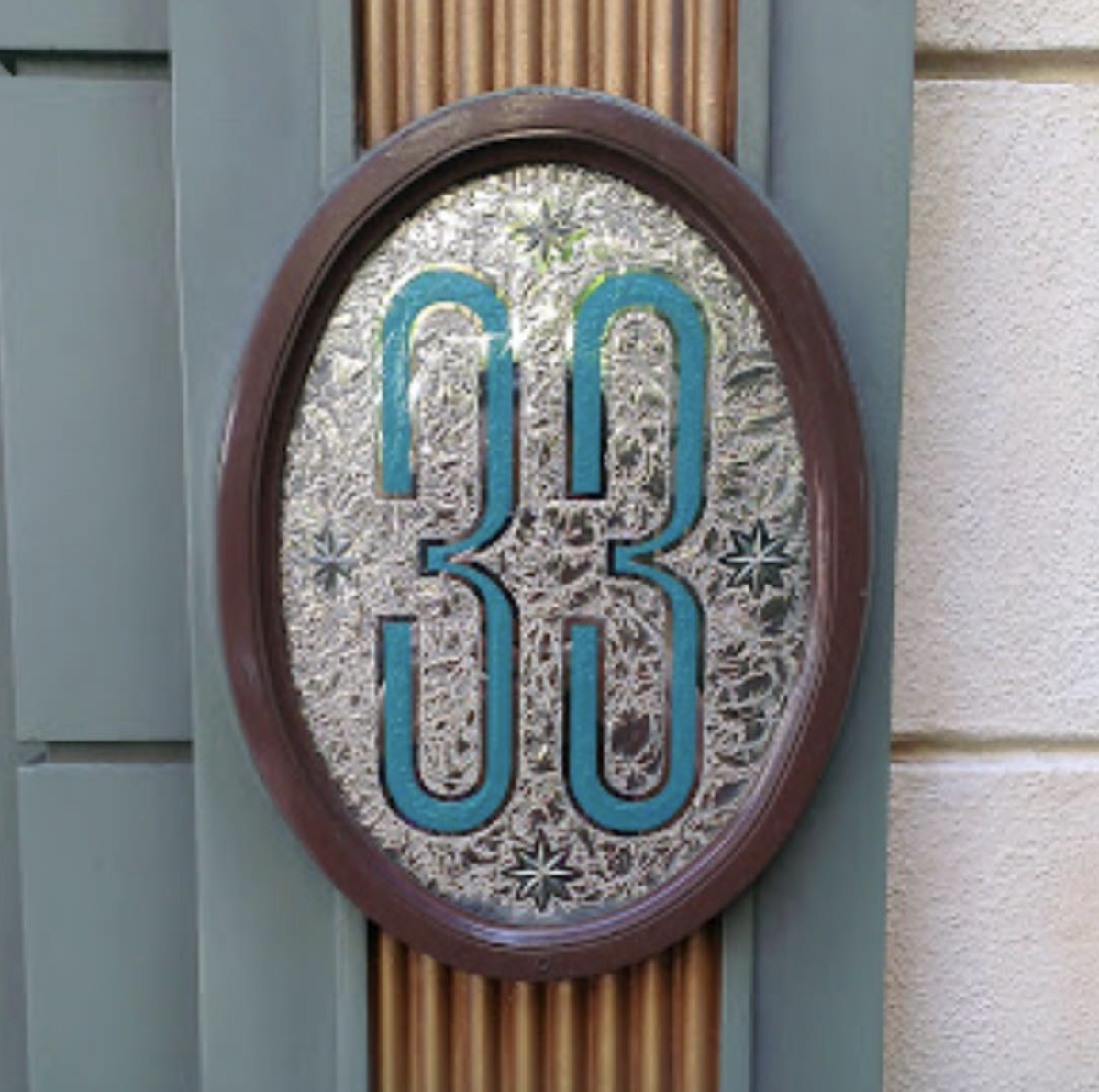
You hear about all kinds of “modes” when you talk about digital photography. There’s shooting modes, scene modes and metering modes. The later refers to how your camera meters or “sees” what’s in front of it’s lens. You see, inside each of our cameras is a light meter. Because it is viewing light reflected from the subject you are pointing your camera at, it’s called a reflective light meter.
Reflective light meters are designed to see everything as 18% Gray in color with some variation. That would be fine if you were only taking pictures of gray cards, blue sky, green grass or the back of your hand. This is why when taking pictures of very bright or very dark scenes, your camera’s meter gets fooled and you often end up with drab colors as the meter is trying to read everything as 18% gray. Thankfully, we can compensate for this by using the exposure compensation adjustment button found on our cameras.
There are three standard metering modes found on most digital SLRs (and many Point & Shoot cameras may have some or all three) which are Matrix, Center-weighted and Spot. Each works differently so you need to understand them to better use them to your advantage.

Matrix Metering Mode. This is sometimes referred to as evaluative metering. What matrix metering does is take readings from multiple points over the entire scene you are looking at through the viewfinder (refer to graphic on the left). The camera will then use it’s internal programming to come up with an appropriate shutter speed and aperture (f/stop) to get a correct exposure. Remember, it’s using 18% Gray to come up with that number. Having said that, today’s modern digital cameras are very good when using this mode. I use matrix metering in most of my photography. Below is an example of a photo using matrix metering. Notice how Matrix metering trys to balance out the entire scene including the dark shadows behind and the light foliage in front.

Matrix Metering Mode Example. © Scott Thomas Photography 2008
Nikon D70/18-200VR, 1/125s, f/5.6, 200 ISO, +0.3 EV, 200mm Focal Length

Center-weighted Metering Mode. This metering mode needs a little explanation. The graphic is showing a large circle in the middle of the scene. When using center-weighted metering, the camera takes 75% of it’s exposure data from the circle area and factors in the remaining from the scene outside the circle. I use this mode when I have tricky lighting with telephoto lenses greater than 100mm in focal length. The afternoon parades at Walt Disney World would be a good place to use center-weighted metering with bright Florida sun overhead and shadows moving across the floats and characters. Below is the same scene used for the Matrix example but this time using Center-weighted metering. You’ll notice the shutter speed is a bit quicker and the shadow portion a little darker.

Center-weighted Metering Mode Example. © Scott Thomas Photography 2008
Nikon D70/18-200VR, 1/160s, f/5.6, 200 ISO, +0.3 EV, 200mm Focal Length

Spot Metering Mode. As the graphic shows, spot metering uses a small area in the center. Somewhere around 2 to 5% of what you see through the viewfinder. When you have very difficult lighting, the ability to measure such a small area is very handy. If you are taking a picture of someone with the light coming from behind them, more often than not, matrix metering would cause that person to be seen as a silhouette. Using spot metering, you can have the camera measure the exposure from the person’s face only. Giving you a nice exposed face with rim lighting framing it from the backlighting. Now, where does very tricky lighting occur at Walt Disney World? Many of the shows use spotlights on the performers. Spot metering would be a good way to avoid overexposing them. In the scene used for Matrix and Center-weighted, when using Spot metering, the leaf in the middle is correctly exposed but the part in shadow is very dark.

Spot Metering Mode Example. © Scott Thomas Photography 2008
Nikon D70/18-200VR, 1/320s, f/5.6, 200 ISO, +0.3 EV, 200mm Focal Length
I hope you can forgive me for not using Disney photos this week. The following links will give you more information on metering modes:























Trending Now
We're digging into Disney World's Magic Kingdom expansion plans!
One Disney World park is about to celebrate a big milestone!
From time to time, rides and attractions are taken out of production temporarily for various...
We found your perfect Hollywood Studios tee.
The former Reedy Creek Improvement District Fire Department has now been rebranded.
We can't believe people STILL think these bizarre things about Disney World are true!
The way guests pay for Savi's Workshop and Droid Depot is changing!
What's become of Hollywood Studios' opening day attractions?
We're rounding up the best souvenirs in Magic Kingdom's Tomorrowland!
We are checking out seven fancy restaurants that are hidden in Disney World hotels!
We are exposing the biggest Disney World tricks and giving you a peek behind the...
Traditional, character-shaped, or cultural celebration -- these are the popcorn buckets that Disney has released...
A look at all the new Pixar Fest souvenirs and merchandise with prices for 2024!
These Disney World restaurants needs some TLC.
We've got some of the BEST Cast Member tips just for YOU!
Disney's Fab Five - plus Daisy Duck and Chip & Dale - have their new...
We have heard some bad advice out there that we just gotta say is so...
Did Universal quietly change the opening timeline for Epic Universe? Here's what we know.
We have some helpful details for how to experience Disney's most exclusive lounge without a...
These things SURPRISED me on my week-long Disney cruise!